Top speed 322 km/h Length 12 m First flight September 1943 | Wingspan 16 m Introduced January 1945 Manufacturer Kyushu Hikoki | |
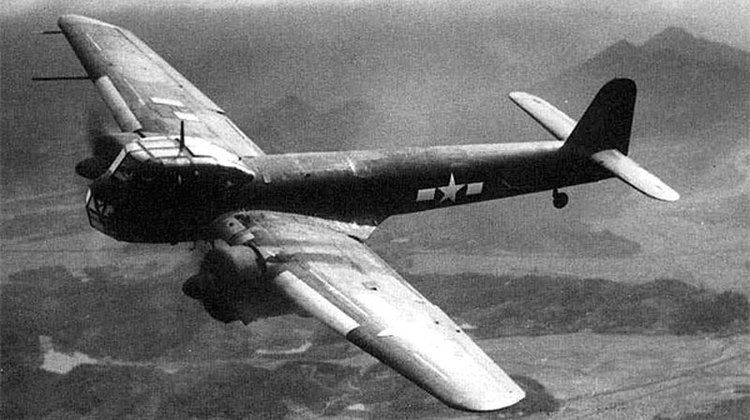 | ||
The Kyūshū Q1W Tokai (東海 "Eastern Sea"), was a land-based anti-submarine patrol bomber aircraft developed for the Imperial Japanese Navy in World War II. The Allied reporting name was Lorna. Although similar in appearance to the German Junkers Ju 88 medium bomber, the Q1W was a much smaller aircraft with significantly different design details.
Contents
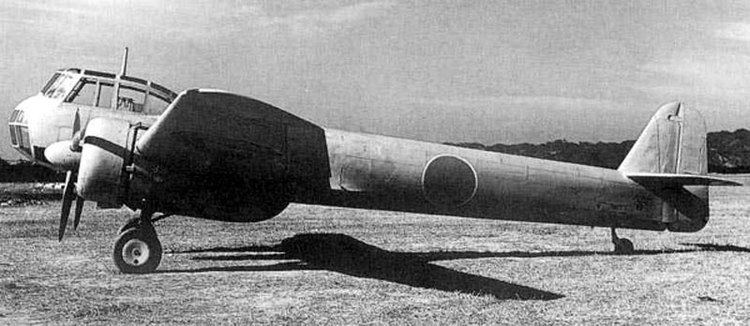
Design and development
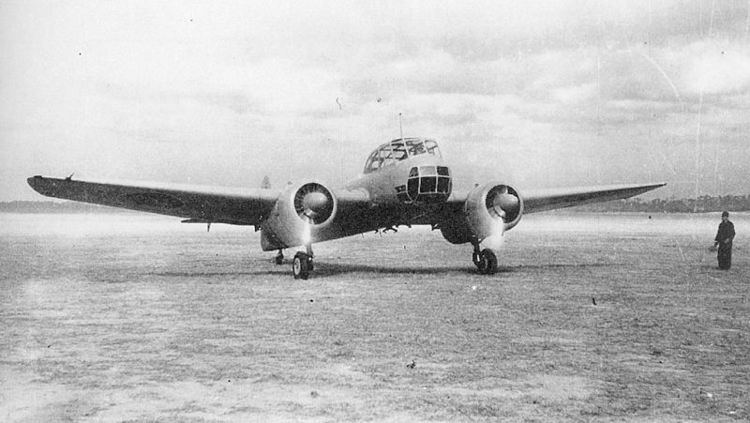
The Imperial Japanese Navy ordered development of the Kyūshū Q1W as the Navy Experimental 17-Shi Patrol Plane in September 1942, and the first test flight took place in September 1943. It entered service in January 1945. The Q1W carried two low-power engines, allowing for long periods of low-speed flight, and was the first purpose-designed anti-submarine warfare aircraft in the world.
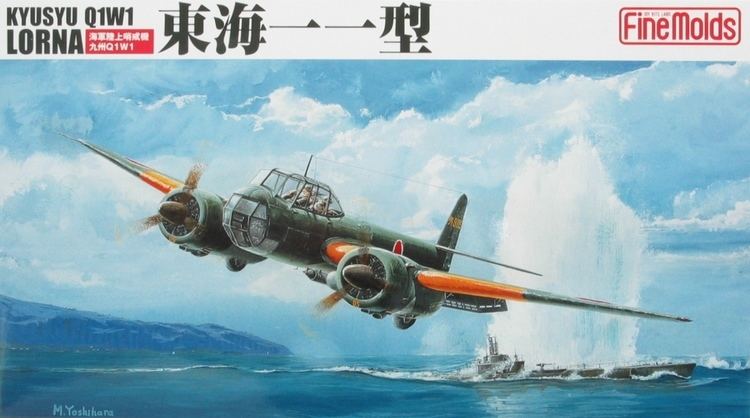
In same period Kyūshū built the K11W1 Shiragiku, a bomber training plane (also used in Kamikaze strikes) and the Q3W1 Nankai (South Sea), a specialized antisubmarine version of the K11W. The latter was of all-wood construction and was destroyed during a landing accident on its first flight.
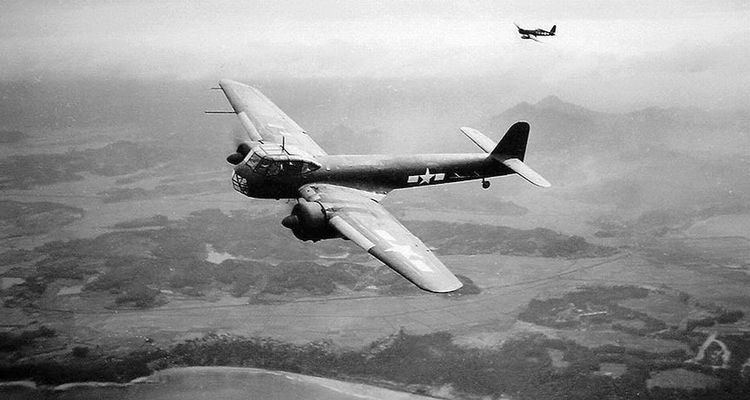
Another specific anti-submarine airplane was the Mitsubishi Q2M1 "Taiyō" (which was derived from Mitsubishi Ki-67 Hiryū "Peggy" Torpedo-bomber), but this did not progress beyond the preliminary design stage.
Variants

Specifications (Q1W1)
Data from Japanese Aircraft of the Pacific War
General characteristics
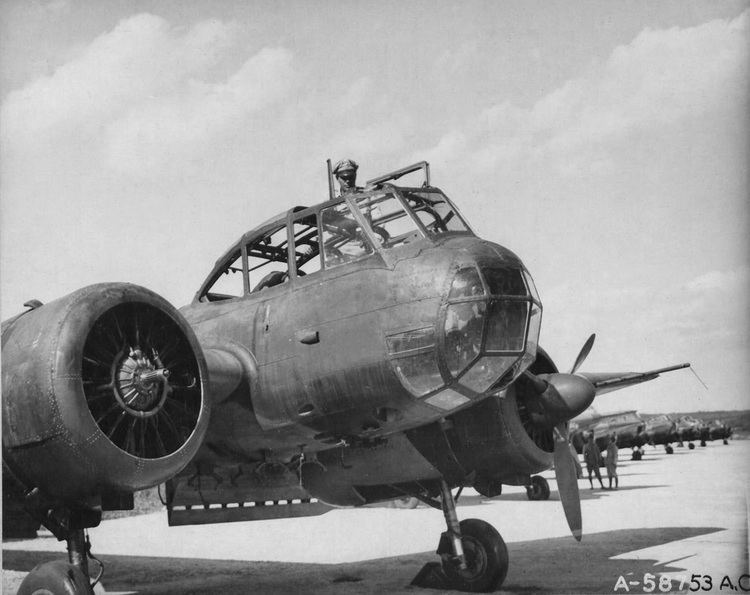
Performance
Armament
Radar equipment
